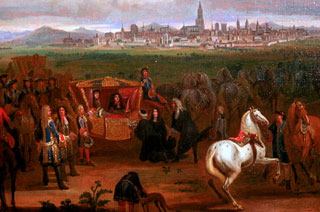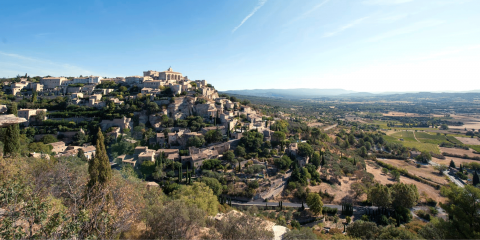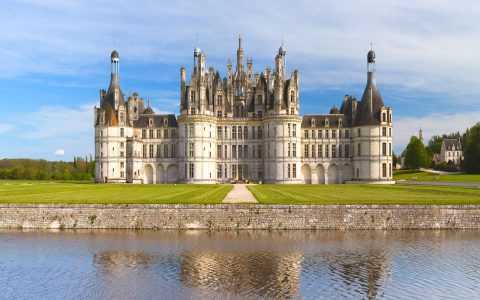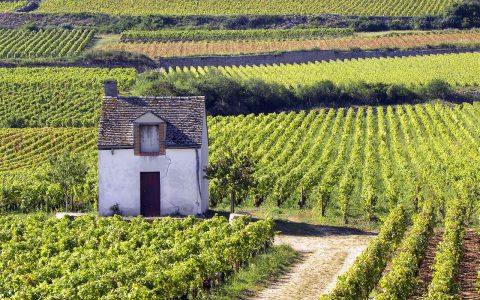In Deep: Alsace
You could be forgiven for finding Alsace’s history a tad hard to follow—the region has changed hands more times than a bottle of wine at a B&R dinner. In in the interest of clarity, allow us to provide a (very) brief primer to help explain the confluence of French and German influences on this particularly gorgeous part of France.

Alsace has changed hands between Germany and France multiple times since the 17th century, when it was first annexed to France under Louis XIV. The region was also French under Napoleon, and remained that way until the Franco-Prussian War of 1870-71. Under the Treaty of Frankfurt, Alsace was given to Germany, and the inhabitants were officially German for the next 50 years.
During the First World War, nearly 20,000 young Alsatians joined the French army, mostly to avoid conscription by the Germans. The region was liberated in 1918, and under the Treaty of Versailles, Alsace officially became French again.
See (and Sip) For Yourself
On the stretch between Germany and France, the Alsatian’s have taken words, wines, customs and myths from those who pass through their region and made it into a custom all their own. On our Alsace Biking trip, you’ll get an up close introduction.
DETAILED ITINERARYIn 1940, the Nazis seized control of the region; overnight the names of towns were changed and schools were prohibited from teaching French. Monuments were torn down, and even the wearing of berets was forbidden.
When Allied forces liberated France in 1945, the French retaliated by outlawing the teaching of the Alsatian language; signs with the slogan “It is chic to speak French” were posted everywhere.
Today, Alsace is part of France, but retains a very German flavour. There are many German factories in the region and German tourists flock to Alsace in the summertime. Some Alsatians think of themselves as culturally closer to Germany, while others believe they have more in common with the French.
One thing is for certain: the inhabitants of this beautiful, distinctive region are Alsatian, first and foremost.
MORE FROM France + Alsace

Grape Harvesting in Ventoux
France
The Top 5 Hiking Routes in Provence and Cote d’Azur
Provence
With Vineyards, Beaches, and Quaint Villages, Île de Ré Is France’s Best-kept Secret
France
Photo Diary: A Sunday in Provence with B&R Guide Tatjana Buisson
Provence
5 Ways to Relive the Renaissance in the Loire Valley
Loire Valley
The Best Luxury Hotels in Paris: From Classic to Contemporary
France
Secrets of the Seine
Île-de-France
6 Reasons Why You Need to Visit Normandy, France
Normandy
10 Best Markets & Shops in Provence
Provence
Bordeaux Nouveau: France’s Coolest City Right Now
Bordeaux
Falling Head Over Heels for Burgundy
Burgundy
The World’s Best: Top 15 Bordeaux Wines
Bordeaux
Rediscovering A Classic: Burgundy
Burgundy
Reading for the Road: Our 5 Favourite Books About Bordeaux
Bordeaux
The Pleasures of Southwestern France
Bordeaux




















